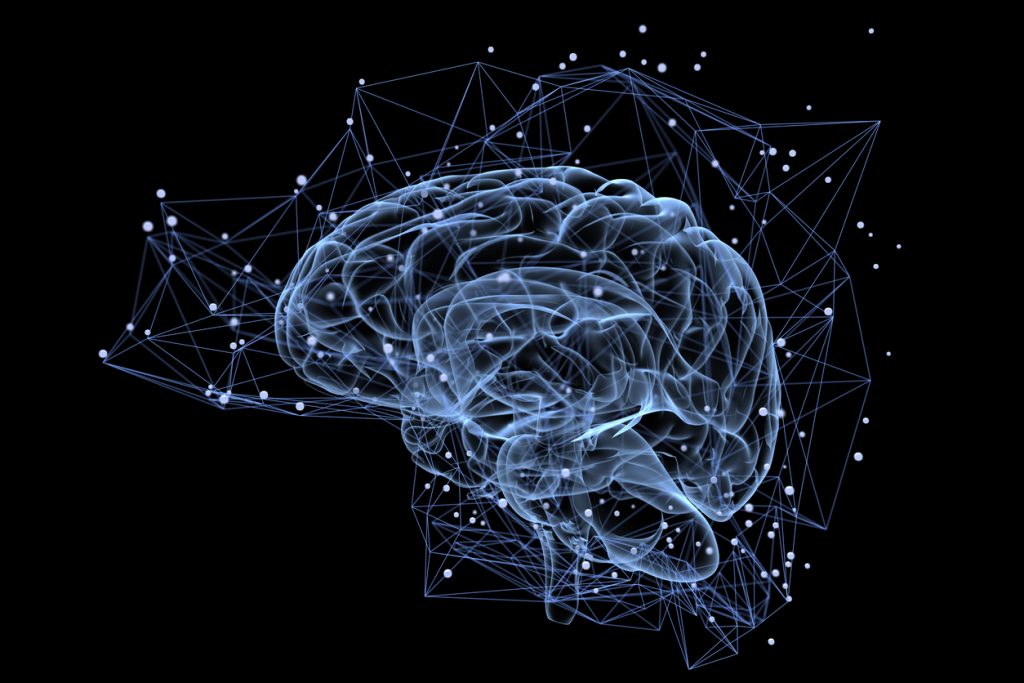Just like endless hours of training, diet and supplements, mental preparation is also important, in the sports field in general, and in bodybuilding, in particular. It is in this perspective that professional coaches invented the technique of visualisation, and which is currently put into practice, especially during major competitions.
Visualization is used in high level sports to improve the performance of athletes, and in the field of bodybuilding, it allows to exceed the limits if it is used wisely.
What is visualisation?
Visualization is a technique that has been used for decades in the world of major competitions. In most cases, an athlete's failure is not due to poor coaching or lack of physical or technical ability. It is mostly due to nervousness and poor concentration during practice or competition.
To avoid lack of concentration, the athlete must learn, during his training, to manage his emotions, to control himself in order to better face his opponent. In this perspective, he learns to generate mental images of his performance, using the technique of visualisation to reinforce the power of the athlete's mental strength.
Along with mental imagery, visualisation is a technique that is part of psychoneuroimmunology. Both use methods such as meditation or hypnosis to treat the athlete concerned.
Visualisation works on the mind and spirit of the athlete to help him or her concentrate and manage emotions by imposing specific images on the mind. Mental images of success, well-being and achievement are cultivated in the mind. It teaches the athlete to manage fear and stress so that he or she can have confidence in his or her performance.
Visualisation: what are its benefits?
Visualisation is used to reduce the stress and anxiety of a sportsperson or high performance athlete. Combined with other similar techniques, it can also improve stress-related health problems such as high blood pressure, arthritis and heart attacks.
By focusing on pleasant and enjoyable imagery, the relaxed athlete is able to reduce the sensation of pain that his or her body may have experienced. Backache, migraine, cramp. . . these are some of the illnesses that can be treated by the visualisation technique.
Visualisation can also improve the motor functions of the athlete. Indeed, scientific studies have shown that virtual training can be as effective as real training, especially when it comes to teaching motor skills to a patient or an athlete.
Finally, visualisation builds self-confidence for the athlete. Accustomed to imagining victories and success, the athlete gains confidence and comes to believe that he can succeed in what he is going to do. His mind is at its highest level, and it will be much easier for him to face his opponent with less anxiety and fear.
In the field of strength training, visualisation helps to activate the neurons. The combination of visualisation with an exercise or training session results in a greater gain in strength than training alone. The athlete also improves his or her precision and concentration.
How does visualisation work?
During a visualisation session the athlete receives a nerve stimulation. We try to develop the propagation of a relevant message, related to what we want to transmit and make the patient believe. This can be a repetition of movements, a simulation of a victory. . .
We work on the nervous command in order to improve the execution of the targeted motor movement. In the same way, we also try to develop strength through better recruitment of muscles, because it is strength that allows better recruitment of muscle fibres.
Once the muscle fibres have been recruited and stimulated, the athlete will be able to lift more weight for the same muscle mass. It is always important to note that visualization allows you to work on your strength and your mind. It is through intense training, combined with visualization sessions that one can develop muscle mass.
What are the stages of visualisation?
For a visualisation session to be beneficial, there are certain steps to follow.
First step: the athlete should sit comfortably and relax. He/she should not think about anything and clear his/her head and mind. By closing his eyes, he tries to concentrate on his breathing for a few moments.
Second step: the athlete imagines his environment and the setting he is used to (gym, equipment, teammates. . . )
Third step: he/she imagines himself/herself preparing and warming up for a training session or for a high level competition. The coach or the person assisting him during the visualisation can help him by describing in detail certain elements of his environment.
If the athlete is used to visualising, he will have no problem visualising his environment, but for a beginner, it is always better to be assisted to optimise the results of each session.
Fourth step: the athlete tries to visualise every movement he has to do in his discipline, from the starting position to the finishing position. He should try to live the mental movie of the action, as if he was actually performing it. All actions should be visualised at a high level during each session.
If an action does not suit the athlete during the session, one should not be afraid to interrupt the session or to rewind the mental film. The athlete thinks about each difficulty encountered in order to provide solutions to rectify the situation. From one session to the next, try to increase the level of difficulty encountered. In weight training, you can for example visualize the virtual weight of the loads, the number of series or the speed of execution.



